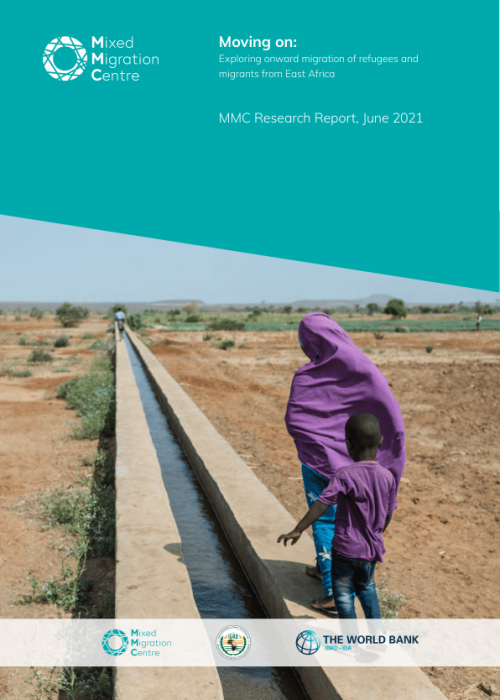This document is a report on the second round of the aspirations survey, a longitudinal research project that aims to understand the aspirations, intentions, and factors influencing the displacement, return, and (re)integration of internally displaced persons (IDPs) and host communities in Somalia. The survey was conducted by ReDSS and IMPACT Initiatives in three locations: Baidoa, Kismayo, and Mogadishu, between March and April 2021. The survey used a mixed methodology of quantitative household interviews and qualitative focus group discussions, focusing on four thematic areas: economic development, social cohesion, safety and security, and housing, land, and property.
The report presents key findings and recommendations based on the data collected from the survey, as well as a comparison with the baseline data collected in 2018-2019. Some of the main findings are:
- Most IDPs intend to stay in their current locations, mainly due to better security, livelihood opportunities, and food assistance. However, they face multiple challenges such as lack of documentation, risk of eviction, and limited access to basic services and justice.
- IDPs and host communities have diverse livelihood sources, but they also rely heavily on humanitarian assistance and remittances. They express a preference for more sustainable and dignified livelihood activities, but they encounter barriers such as lack of skills, capital, and market access.
- Host-IDP relations are generally perceived as positive, but there are also sources of strain such as competition over resources, clan dynamics, and discrimination. Social cohesion could be improved by enhancing dialogue, participation, and integration among different groups.
- IDPs and host communities feel relatively safe in their current locations, but they also report incidents of insecurity, violence, and harassment. They have limited freedom of movement and access to effective remedies and justice. They also face the impact of the COVID-19 pandemic on their health, livelihoods, and social interactions.
The report provides several recommendations for durable solutions programming, policy, and planning, such as:
- Supporting the development and implementation of legal and policy frameworks that protect the rights and needs of displacement-affected communities, especially regarding documentation, land tenure, and access to justice.
- Promoting livelihood diversification and resilience building, through skills training, business development, market linkages, and social protection schemes, tailored to the specific needs and aspirations of different groups.
- Strengthening social cohesion and community engagement, through inclusive and participatory decision-making mechanisms, conflict resolution initiatives, awareness raising, and cultural and recreational activities.
- Enhancing safety and security, through improved law enforcement, protection services, community policing, and prevention and response to gender-based violence and other protection risks.
- Coordinating and harmonizing durable solutions interventions, through evidence-based and area-based approaches, multi-stakeholder partnerships, and alignment with national and local development plans.






